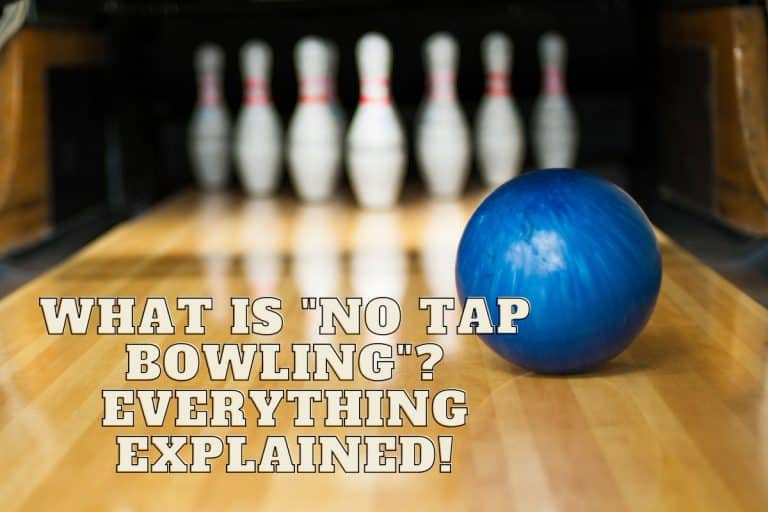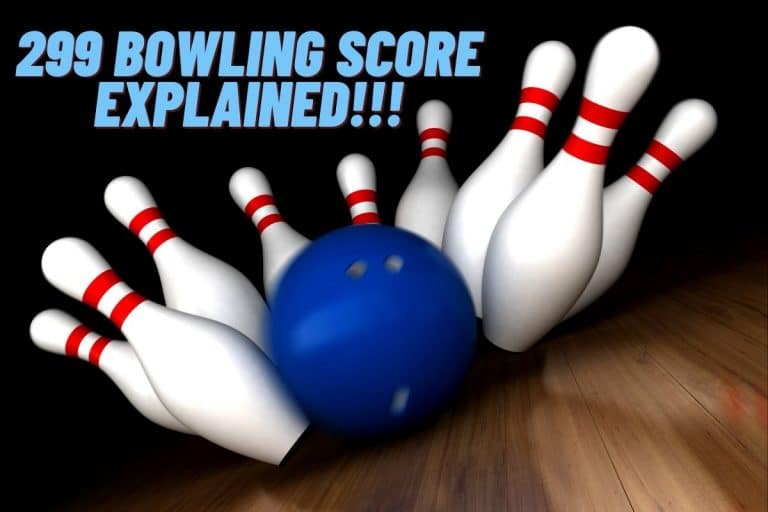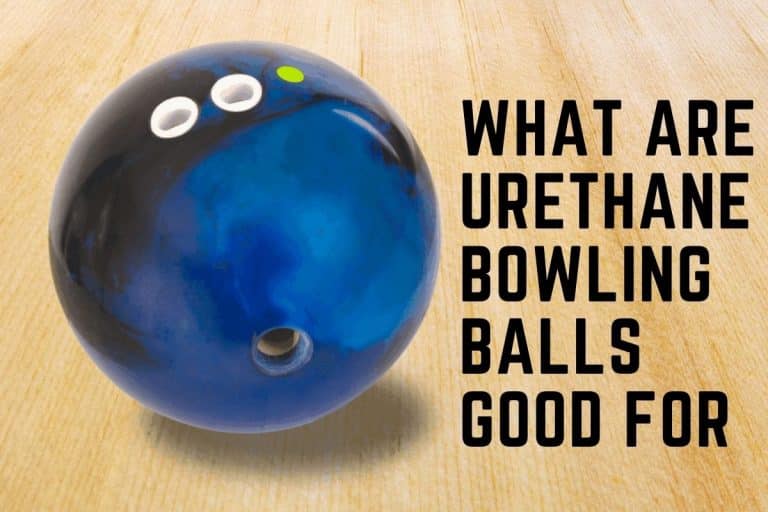Candlepin Bowling 101: Rules, Scoring, Tips And Tricks
Candlepin bowling is a fantastic sport for kids ages 7-14 that's easy to learn. It also might be just the thing to get you in shape or to improve your physical fitness. In this post, we will explore more on this popular sport. Read on to discover more.
Candlepin bowling is a type of bowling that is played primarily in the New England region of the United States. It is a variation of bowling that uses more petite balls and candles to mark the pins.
The game is unique and challenging, with a rich history dating back to the 19th century. If you’re interested in learning more about candlepin bowling or looking for a new challenge, read on for an introduction to the game's rules.
Candlepin Bowling Vs. Other Types of Bowling
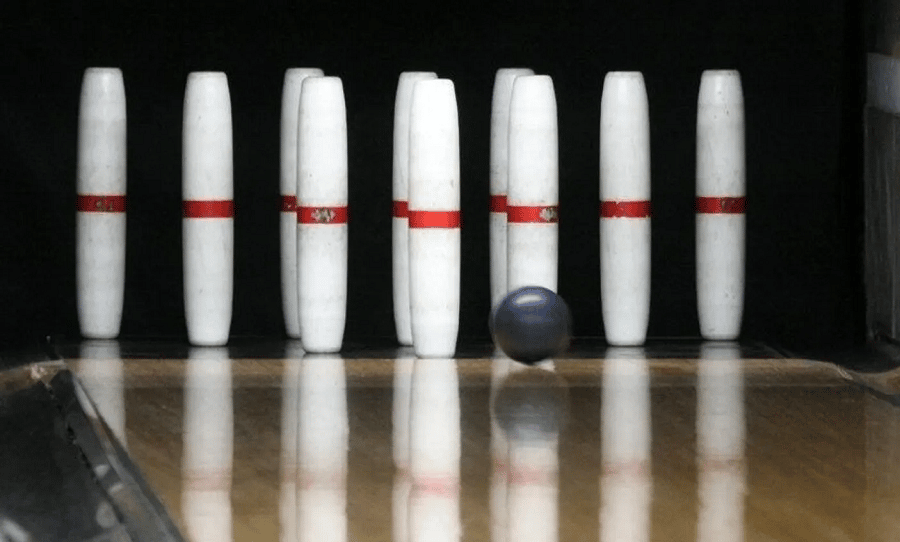
Candlepin bowling is a type that people in the northeastern United States and parts of Canada typically play. Candlepin bowling is different from other types of bowling because it uses smaller balls and pins, and the pins are not reset after each throw.
1. Brief History
The game of candlepin bowling traces its origins back to 1879 when Justin White invented it in Worcester, Massachusetts.
White was a professional bowler looking for a way to make the game more challenging. He came up with the idea of using more petite balls and pins, and his new game quickly became popular.
2. Types of Candlepin Bowling
Today, there are two main types of candlepin bowling: traditional candlepin bowling and modern candlepin bowling. Traditional candlepin bowling is played with three balls per frame, while modern candlepin bowling is played with two balls per frame.
3. Differences between Traditional and Modern Candlepin bowling
While both games are similar, there are some critical differences between them. For example, in traditional candlepin bowling, the pins are set up in a triangle formation.
In contrast, the pins are set up in a diamond formation in modern candlepin bowling. Additionally, in traditional candlepin bowling, players get their ball, while in modern candlepin bowling, players share balls.
No matter which type of candlepin bowling you play, the goal is to knock down all of the pins with as few throws as possible. People of all ages and skill levels can enjoy the game.
The Rules of Candlepin Bowling
Candlepin bowling is a lot like regular bowling, but there are key differences. Here’s how Candlepin bowling gameplay goes:
- For one, the pins are thinner and taller and set up in a triangular formation. The balls are also smaller and don’t have any finger holes. You must knock down as many pins as possible with each ball to score points.
- The number of pins you knock down with each ball is added to your score for that frame. If you knock down all ten pins with your first ball, it’s called a strike, and you get 10 points plus the number of pins you knock down with your next two balls. If you don’t get a strike but do manage to knock down all ten pins with your two balls, it’s called a spare, and you get 10 points plus the number of pins you knock down with your next ball.
- If you don’t knock down all ten pins with your three balls, that’s called an open frame, and your score for that frame is the total number of pins you knocked down. You play the game over ten frames, and the goal is to get the highest score possible.
The Equipment Needed For Candlepin Bowling
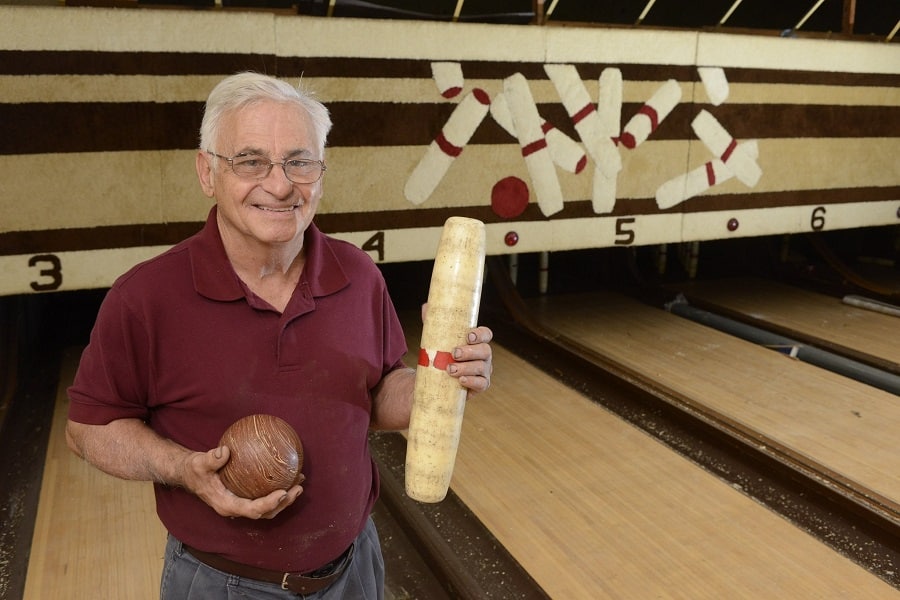
So, what does Candlepin bowling game require in terms of equipment? The equipment needed for candlepin bowling is relatively simple and inexpensive.
All you need is a set of ten pins, two balls, and a flat surface to roll the balls on. The essential equipment is the lane, which must be made of smooth wood or synthetic material and be at least fifteen feet long and three-and-a-half feet wide. The gutters on either side of the lane keep the ball from rolling off the surface.
Pins
Pins are generally made of hardwood, such as maple, and tapered, so they stand upright when correctly set up on the lane. They are usually brightly colored, making them easier to see. Each pin is eleven inches tall and weighs between two-and-a-half and three pounds.
Balls
- Balls used in candlepin bowling are much smaller than those used in other types of bowling. They are approximately four inches in diameter and weigh no more than three pounds. They are also hollow so that they can be easily gripped by the bowler's hand.
- Candlepin balls have three holes drilled into them: one for the thumb, one for the middle finger, and one for the ring finger.
Shoes
To bowl correctly, you must purchase or rent shoes with soft soles (to protect the lane) and non-marking outsoles (to prevent damage to the lanes). You may also want to purchase gloves and a small bag to carry your shoes and balls.
How to Score In Candlepin Bowling
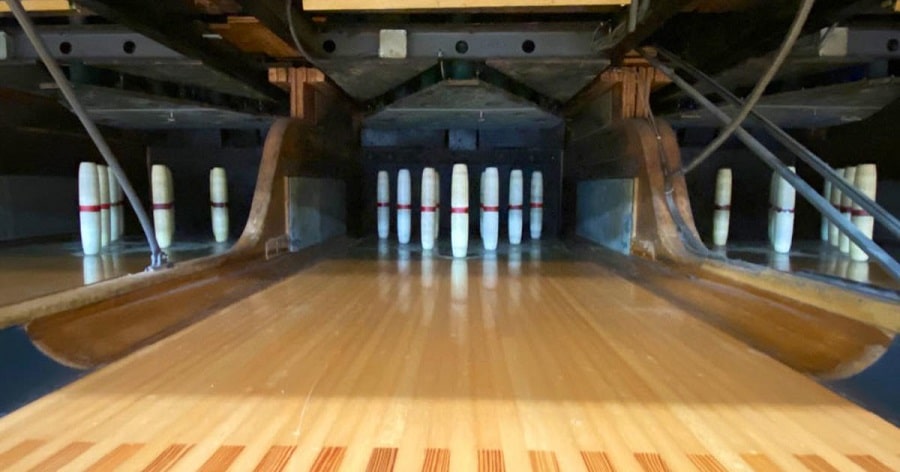
Candlepin bowling is a unique and challenging sport that can be both exciting and frustrating. Here are some tips on how to score in candlepin bowling:
- The first thing to understand is the scoring system. In candlepin bowling, each pin equals one point. So if you knock down all ten pins, you get a strike and earn ten points. If you knock down nine pins, you get a spare and earn nine points.
- The key to scoring in candlepin bowling is to be consistent. You need to bowl the same number of pins each time so that you can predict your score and improve your average.
- One way to improve your consistency is to use a ball with the same weight and size every time. It will help you keep your arm swing and release consistently. A candlepin bowling ball generally weighs between 2 and 3 pounds. The ball's weight is one of the many factors that can affect a bowler's performance. A heavier ball may be more challenging to control, while a lighter ball may not have as much power behind it.
- Another way to improve your consistency is to practice aiming and aiming for specific targets on the lane. It will help you control your ball and hit your target more often.
- When you're finally ready to bowl, take your time and focus on making good shots. Don't rush yourself or try to force the ball down the lane; just let it happen naturally. Remember, the goal is not necessarily to get strikes every time but to bowl consistently and lower your average score over time.
Candlepin Bowling Tips and Tricks
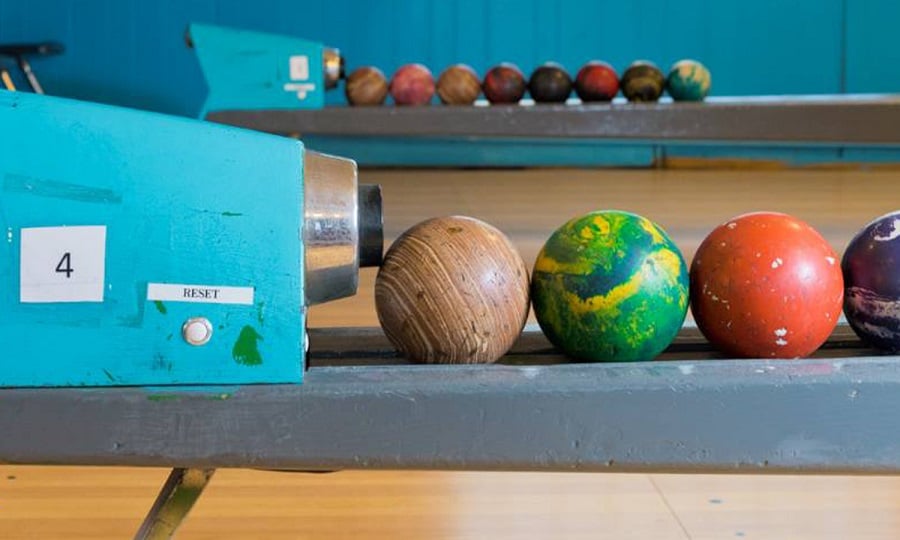
If you want to improve your game, check out these tips and tricks for candlepin bowling.
1. Get a good grip on the ball. You want to be able to control the ball, so make sure you have a good grip.
2. Don't bowl too fast. The slower you bowl, the more control you'll have over the ball.
3. Try different angles. Experiment with different angles and see what works best for you.
4. The more you play, the better you'll get. Keep at it, and don't get discouraged if you don't see results immediately—it takes time and practice to improve at any game.
Conclusion
Candlepin bowling is a great way to get the whole family involved in a fun activity. It's easy to learn the rules, and once you get started, you'll be hooked on trying to beat your high score. So grab some friends and candles, and head to the nearest candlepin bowling alley for a fun night.
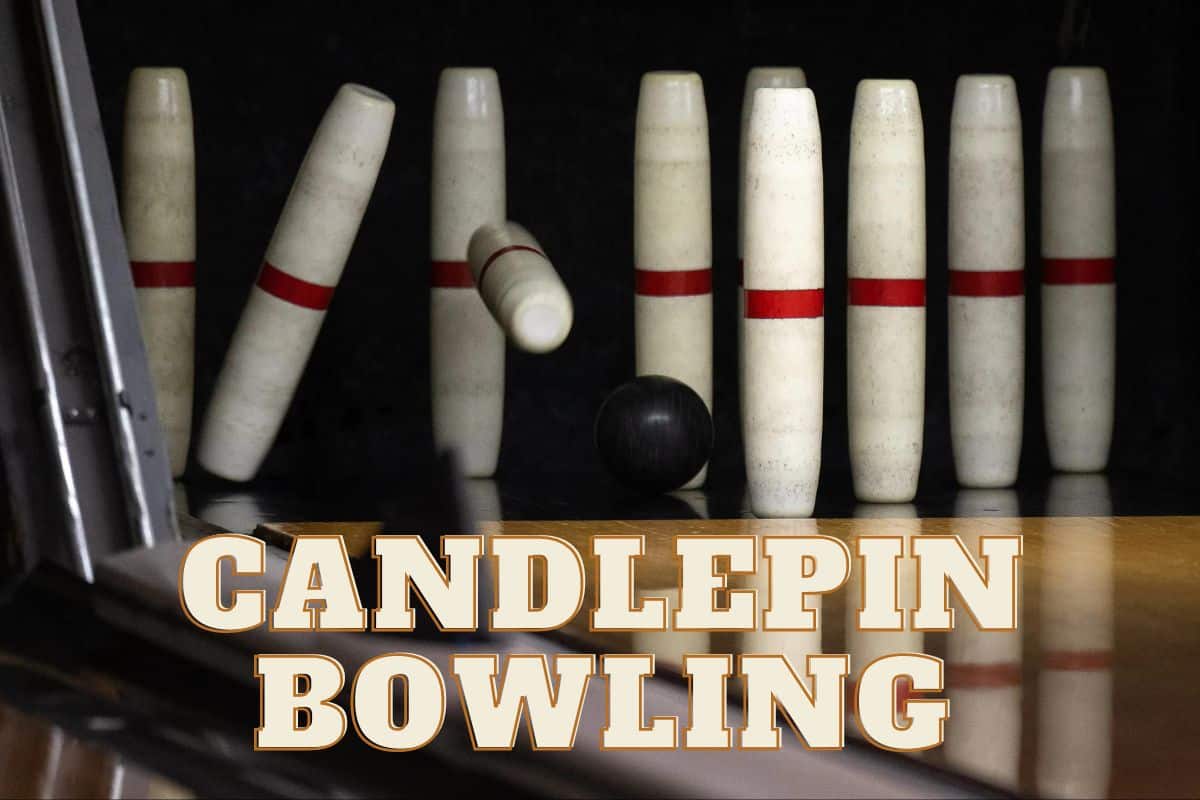

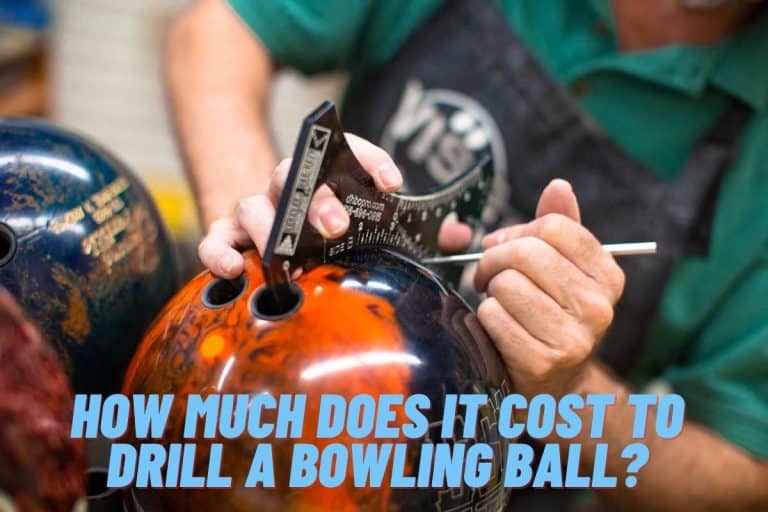
![▷Top 10 Health Benefits Of Bowling [Mental and Physical]](https://www.bowlingknowledge.com/wp-content/uploads/2023/03/Health-Benefits-Of-Bowling-768x512.jpg)
